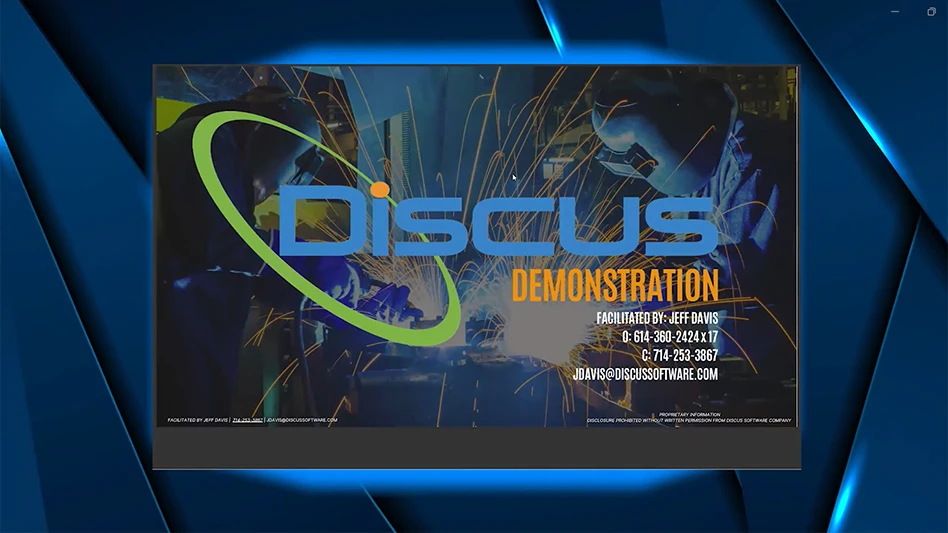
NASA’s Unmanned Aircraft Systems Traffic Management (UTM) project has selected the Lone Star UAS Center of Excellence & Innovation at Texas A&M University-Corpus Christi to test drone traffic management, one of two test sites nationwide.
The Lone Star team plans to start testing this summer and will focus on drone communication, collision avoidance, safe landing, services that support UAS operations, and safety in an urban landscape.
This year marks the fourth and final series of testing increasingly complex drone technology, according to NASA’s Ames Research Center in California’s Silicon Valley.
Ronald Johnson, NASA UTM project manager, says, “For the commercial drone industry to really advance, they need to see the results of this testing to understand the opportunities and challenges posed by flying in an environment where communications, GPS navigation, micro weather, tall buildings, and community acceptance all present hurdles to everyday, safe operation.”
The UTM project is under the Airspace Operations and Safety Program within the Aeronautics Research Mission Directorate, with researchers at NASA’s Ames, Glenn, and Langley research centers.

Multi-Sector Antenna expands Puma AE maritime operations
AeroVironment Inc.’s 360 Multi-Sector Antenna (MSA) for its Puma AE small unmanned aircraft systems (UAS) provides long-range command and control for maritime operations, eliminating the need to redirect the vessel or antenna direction to maintain communications.
An integrated array of 24 high-gain auto-selective antennas analyzes downlink data quality and automatically switches between antenna patches to deliver 360° continuous coverage within a 20km nominal range. Operators can maintain control of the Puma AE and payload and access real-time intelligence, surveillance, and reconnaissance (ISR) information with moving maps, high resolution imagery, and contact status.
The MSA joins the company’s Long Range Tracking Antenna (LRTA) that allows land-based operators to expand Puma AE control range to 60km with automated, two-axis tracking for a secure, reliable link.

Explore the May 2019 Issue
Check out more from this issue and find your next story to read.
Latest from Aerospace Manufacturing and Design
- Beyond Aero refines its hydrogen-electric light jet
- Americase's advanced protective solutions
- Social media - what are your thoughts
- GE Aerospace secures Air Force engine contract
- Thomson Industries' online sizing and selection tool
- #53 - Manufacturing Matters - 2024 Leaders in Manufacturing Roundtable
- Join us for insights on one of the hottest topics in manufacturing!
- You can still register for March’s Manufacturing Lunch + Learn!






